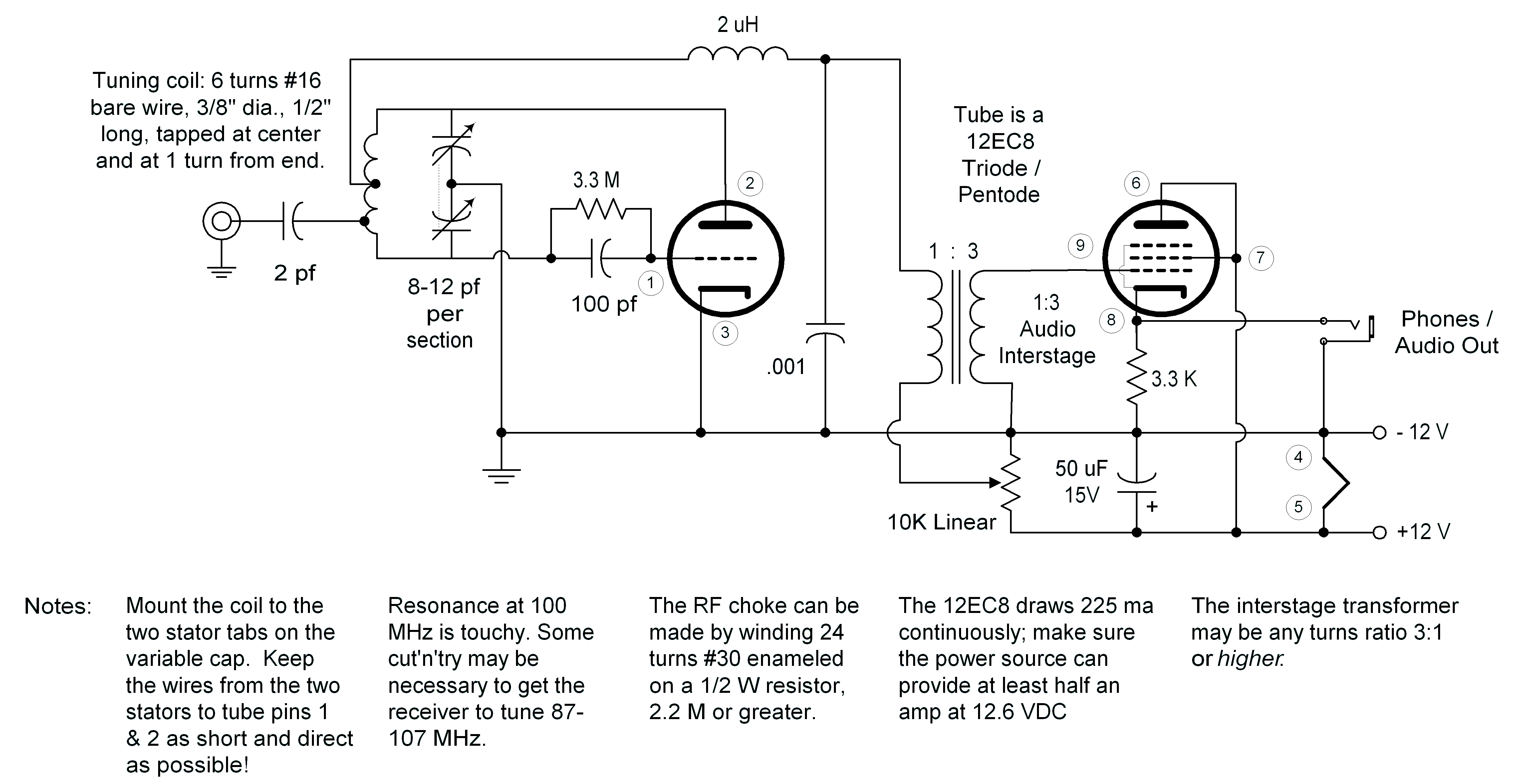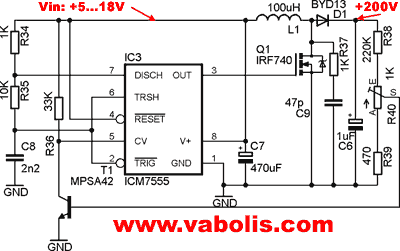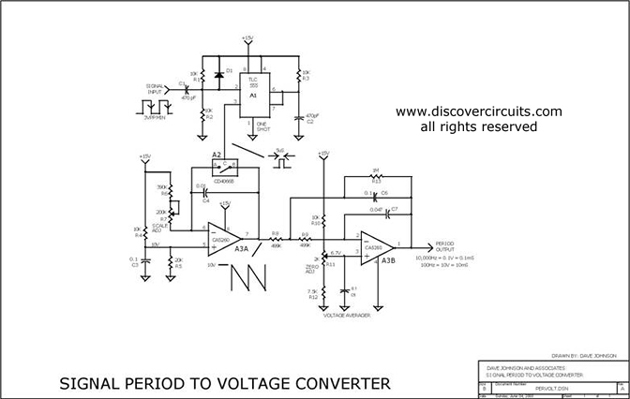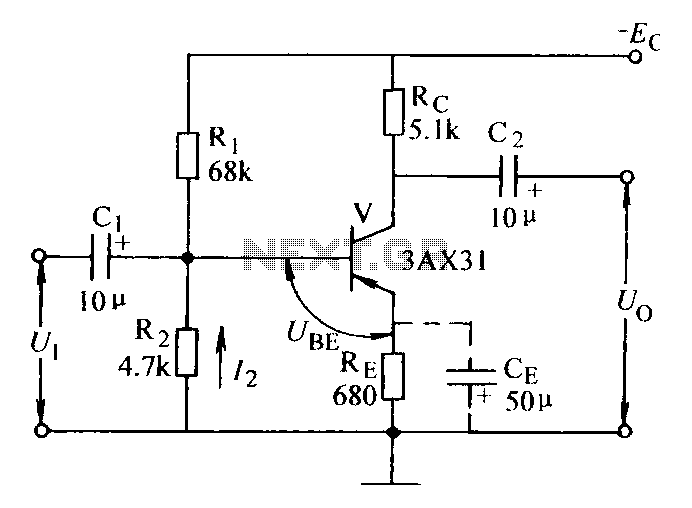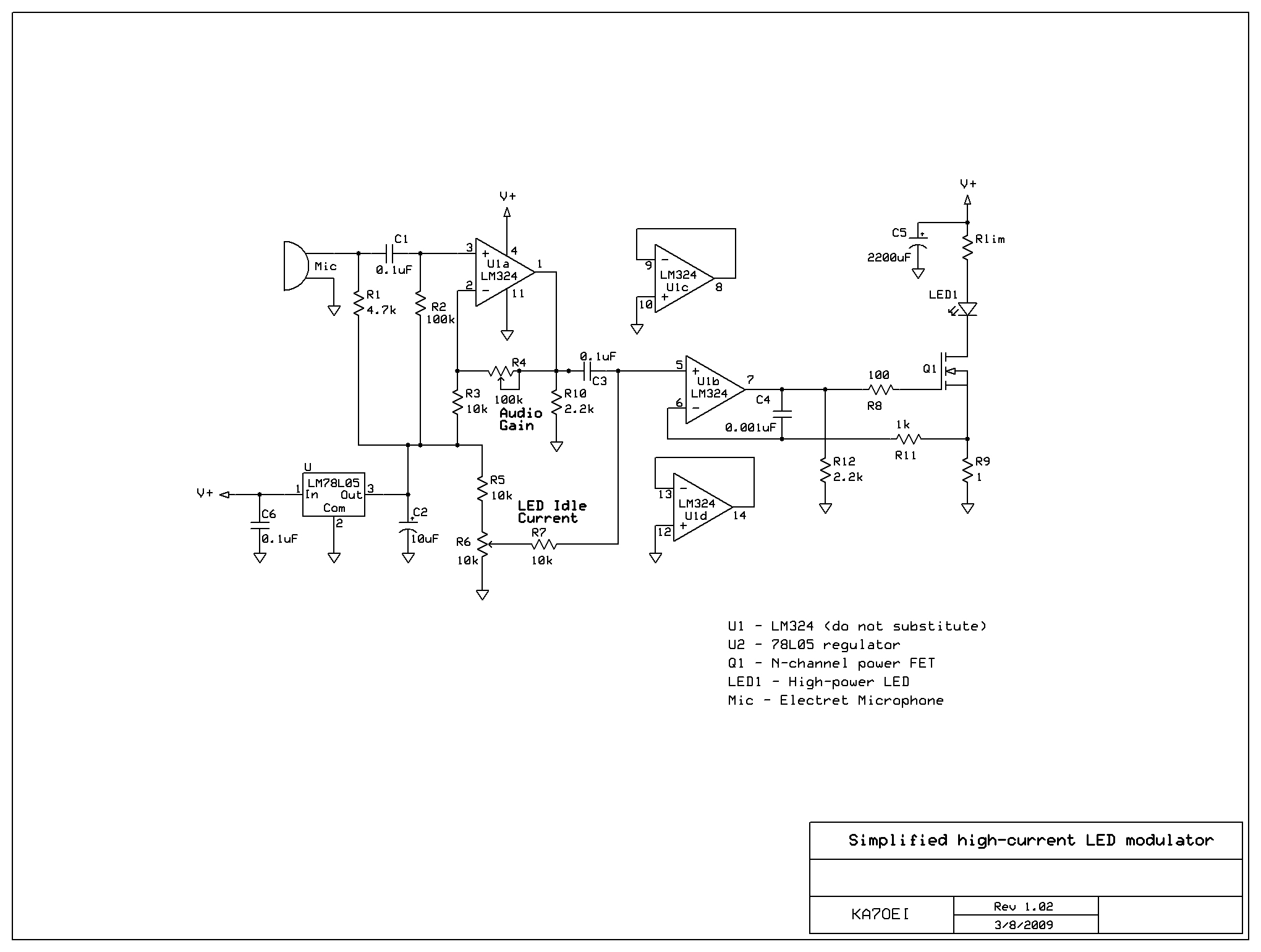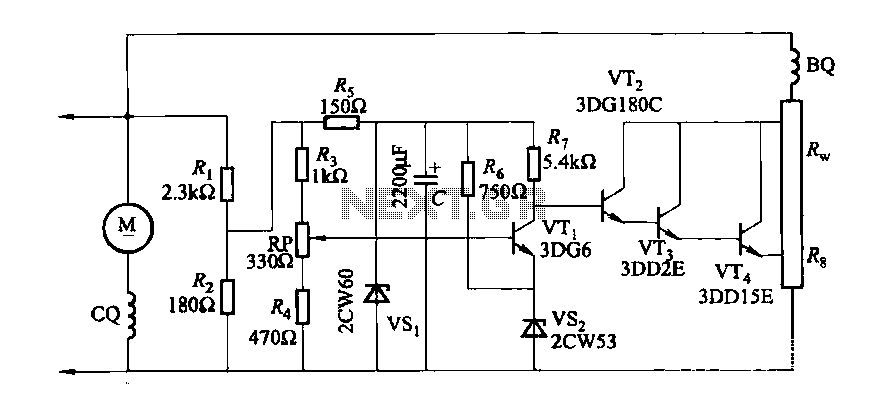
Linear LTC4151 Voltage
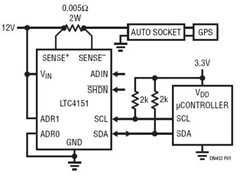
This power monitoring device accurately measures voltage and current on a positive supply rail ranging from 7V to 80V through a straightforward I2C interface, as specified in the datasheet. It is particularly suitable for automotive applications that require power monitoring in high transient environments, due to its ability to handle high input voltages, such as those provided by the LTC4151. The accompanying circuit schematic illustrates that the device can monitor currents up to 16A through a 5mOhm sense resistor connected to an accessory socket, with data being transmitted to a microcontroller via I2C. A portable GPS unit serves as an example to demonstrate the operational principles of the device.
The power monitoring device operates within a specified voltage range, making it versatile for various applications, particularly in automotive systems where voltage stability and accurate current measurement are critical during transient conditions. The integration of an I2C interface simplifies communication with microcontrollers, allowing for easy integration into existing systems.
The device utilizes a 5mOhm sense resistor, which is strategically placed in series with the load to accurately measure the current flowing through it. The small resistance value minimizes the voltage drop across the resistor, ensuring that the load receives nearly the full supply voltage while still enabling precise current monitoring. The current measurement is processed internally, and the results are communicated to the microcontroller via the I2C bus, which supports multiple devices on the same communication line, enhancing the flexibility of the system design.
In the provided schematic, the LTC4151 is highlighted as a key component, capable of handling high input voltages and providing robust performance in demanding environments. The device's ability to monitor up to 16A is particularly beneficial for applications such as automotive accessory sockets, where high current loads are common.
The use of a portable GPS unit as a demonstration tool exemplifies the practical application of this power monitoring device. By integrating the monitoring system with the GPS unit, real-time data on power consumption can be displayed or logged, providing valuable insights for optimizing power usage in automotive or portable electronic applications. This configuration not only enhances user experience but also contributes to energy efficiency in the design of modern electronic systems.This power monitor device provides accurate voltage and current monitoring of positive supply rail from 7V to 80V through a simple I2C interface, according to the datasheet. Such in automotive which has monitoring power in high transient environment, this device is suitablefor that purpose as well the high input voltage of the LTC4151.
You can see the above circuit schematic, it shows that the device monitoring up to 16A through a 5mOhms sense resistor at an accessory socket and feeding data via I2C microcontroller. And a portable GPS unit is used to illustrate the principle. 🔗 External reference
The power monitoring device operates within a specified voltage range, making it versatile for various applications, particularly in automotive systems where voltage stability and accurate current measurement are critical during transient conditions. The integration of an I2C interface simplifies communication with microcontrollers, allowing for easy integration into existing systems.
The device utilizes a 5mOhm sense resistor, which is strategically placed in series with the load to accurately measure the current flowing through it. The small resistance value minimizes the voltage drop across the resistor, ensuring that the load receives nearly the full supply voltage while still enabling precise current monitoring. The current measurement is processed internally, and the results are communicated to the microcontroller via the I2C bus, which supports multiple devices on the same communication line, enhancing the flexibility of the system design.
In the provided schematic, the LTC4151 is highlighted as a key component, capable of handling high input voltages and providing robust performance in demanding environments. The device's ability to monitor up to 16A is particularly beneficial for applications such as automotive accessory sockets, where high current loads are common.
The use of a portable GPS unit as a demonstration tool exemplifies the practical application of this power monitoring device. By integrating the monitoring system with the GPS unit, real-time data on power consumption can be displayed or logged, providing valuable insights for optimizing power usage in automotive or portable electronic applications. This configuration not only enhances user experience but also contributes to energy efficiency in the design of modern electronic systems.This power monitor device provides accurate voltage and current monitoring of positive supply rail from 7V to 80V through a simple I2C interface, according to the datasheet. Such in automotive which has monitoring power in high transient environment, this device is suitablefor that purpose as well the high input voltage of the LTC4151.
You can see the above circuit schematic, it shows that the device monitoring up to 16A through a 5mOhms sense resistor at an accessory socket and feeding data via I2C microcontroller. And a portable GPS unit is used to illustrate the principle. 🔗 External reference
